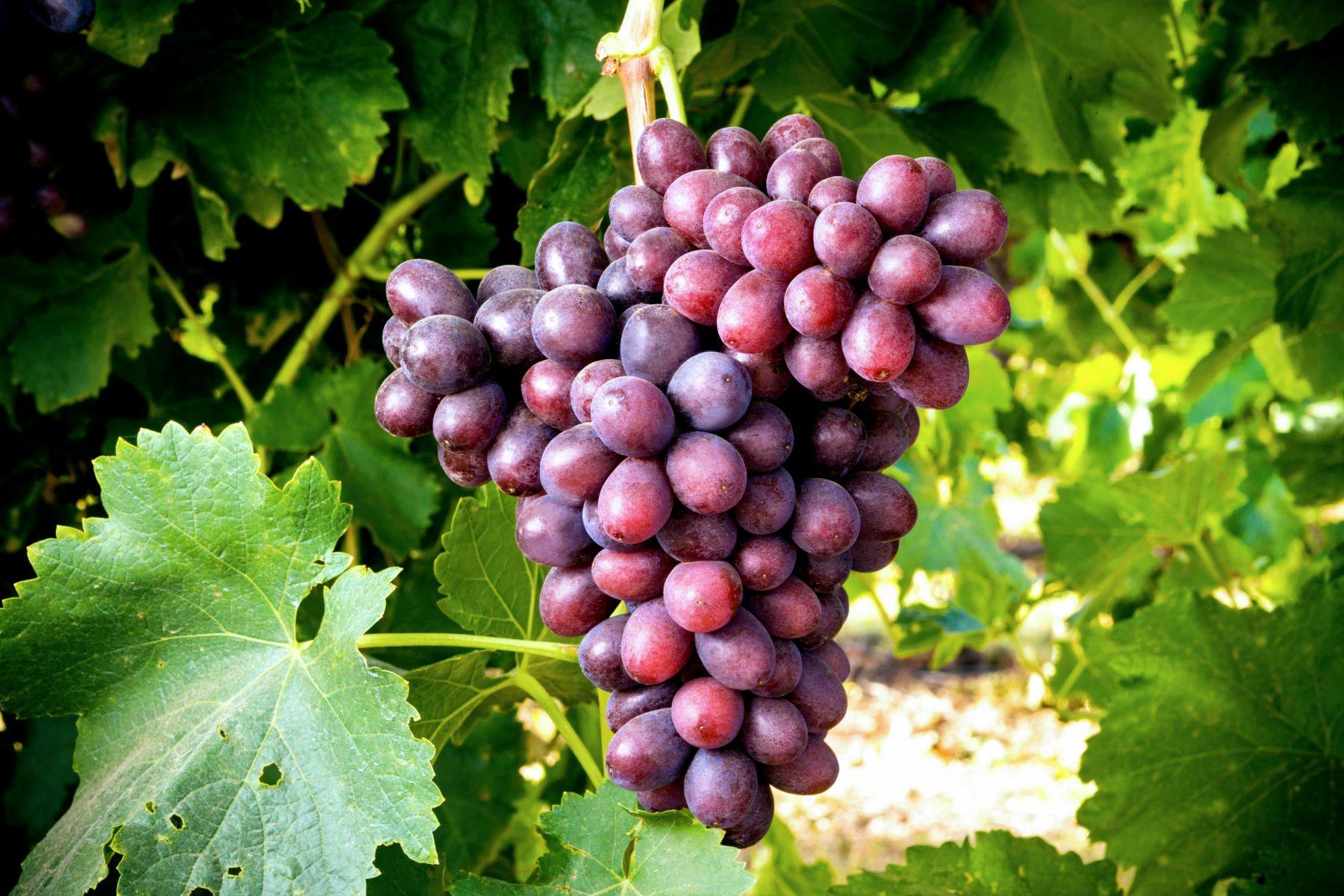A nation that can’t feed itself can’t defend itself. Yet policymakers fail to grasp that food security doesn’t just happen. Food should be recognised for what it is: a fundamental input to Australia’s defence capability and national resilience.
The 2024 National Defence Strategy, released in April, is not what it claims to be: a strategic framework that ‘harnesses all arms of Australia’s national power to establish a holistic, integrated and focused approach’ to protect Australia and our interests.
Its authors, along with those of the 2023 Defence Strategic Review, reframed the narrative of what is needed to defend Australia. The defence of this nation now transcends the Australian Defence organisation and becomes everybody’s responsibility. By introducing the concept of ‘national power’, it tells us that we all have a role to play in defending our homeland from potential adversaries and increasing climate volatility.
Truth be told, defence and prosperity of our nation has always been a whole-of-nation and whole-of-government responsibility. It’s just that, now, the fracturing of the post–World War II rules-based order has completely distorted our strategic circumstances—so much so that it’s become necessary to drastically rethink our understanding of security and resilience.
The government is grappling with how to alert an otherwise oblivious population to the potential trouble we might find ourselves in over the coming years and to explain that it’s now necessary to prepare for that trouble like no generation has had to before. To that end, the National Defence Strategy claims to be a holistic and whole-of-nation approach to Australia’s national defence. That’s fine, aside from a fundamental problem: it’s not. The strategy has not transcended with the narrative, and the longer we kid ourselves into thinking that it has, the less time there is to prepare the ‘rest of us’ to play our role.
The public version of the strategy applies only to guns, ships, submarines, planes and the technology and people required to operate and support them. It begs the question: where is the plan for the rest-of-nation component of the strategy’s whole-of-nation approach?
Food security is a prime example. It’s critical for us and our neighbours because we’re living in an age when great-power competition and climate change have overpowered the markets’ ability to assure food security without action. The fact is we aren’t as food secure as we would like to believe; nor does our status as a net exporter of food equate to future food security.
Our trade exposure and our geography put the food system squarely at the mercy of increasing geostrategic challenges and a rapidly changing geo-economic landscape. This is because our ability to produce enough food and fibre to feed and clothe more than 70 million people worldwide relies on key inputs like fuel, fertiliser, labour, spare parts and technology—all of which we import. More than $31 billion worth of agricultural output can be attributed to the use of crop-protection products, most of which are imported. About 80 percent of Australia’s fertiliser requirements are imported, mostly from North Africa and China. Our liquid fuel and maritime shipping vulnerabilities are well understood and, in the horticulture sector alone, up to 34 percent of growers are considering leaving the industry due to workforce shortages, growing input costs and reduced margins.
Our connections to the world are also evolving, as we have prospered under a rules-based system that’s no longer the dominant influence of international trade. The decline of that system has also driven the Future Made in Australia Act, which the prime minister tells us is a function of needing ‘to be more assertive in capitalising on our comparative advantages and building sovereign capability in areas of national interest’.
But it also overlooks the fundamental role that Australia’s agriculture and food system plays in maintaining our social cohesion, our stability and our national security. There are no strategic interventions in that initiative to shore up our basic ability to produce food and fibre. There needs to be, because Australia’s food system is exposed to all the strategic challenges outlined in the National Defence Strategy.
And, despite our strategic vulnerabilities having been laid bare by a recent government inquiry into food security, there is no visible plan to safeguard it. The inquiry’s recommendations included the development of a national food plan to secure our food security and government intervention to target food waste and to support the manufacturing of critical inputs such as fertiliser and chemicals. It also recommends mapping our domestic food supply chain to identify and mitigate vulnerabilities and improve transport resilience. Those recommendations represent an unmissable opportunity to act.
Renowned psychologist and author Steve Biddulph has written that ‘our kids will live in far worse times than we have, and our grandchildren even more so.’ That’s a view echoed in the same future that the National Defence Strategy seeks to prepare us for. We should all be driven to improve that future, and food has a fundamental role to play.
Australia needs a food-security strategy that can dovetail into our nation’s broader national defence and preparedness planning. That strategy can play a key role in Australia’s statecraft, cementing our role as the partner of choice for our neighbours, helping to maintain a stable region and countering the influence of potential adversaries. If we are to accept the narrative that Australia’s national defence now transcends guns, tanks, planes, ships and submarines, then the strategy must go beyond our war-fighting capability and rise to meet this whole-of-nation challenge.


